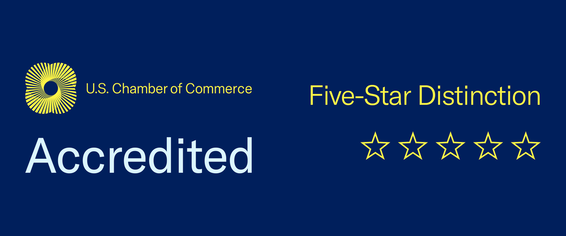|
Guest Blogger: Mark Wilson Numbers can often tell a story. In this case, the numbers are 3 million, 4.5 million and 50 million. Florida Chamber Foundation research shows there will be 3 million more drivers on Florida's roadways by 2030, and that 4.5 million more residents will call Florida home by that same time period. On top of that, 50 million more visitors will travel to Florida each year. As our Autonomous Florida program has shown, many drivers will take to the roadways via autonomous technology. This smart technology is among the reasons our Autonomous Florida program has worked to make Florida the most autonomous friendly state in the country.
Other drivers will engage shared vehicle opportunities, which is why the Florida Chamber led efforts to advance the most pro-shared vehicle legislation in the country. Still others will drive eco-friendly electric vehicles, and it's why we were proud to stand beside Governor Ron DeSantis as he took bold action in supporting electric vehicle charging stations. But, each of these important conversations focus on what is on top of the road, and it's why the Florida Chamber's Infrastructure Coalition led the charge during the 2019 Legislative Session to encourage lawmakers to pass, and Governor DeSantis to sign into law, a bipartisan bill that prepares for the millions of more drivers, residents and visitors making their way to the Sunshine State. Thankfully, Governor DeSantis and the Florida Legislature - through Senate President Bill Galvano's leadership - recognized that we need to plan smart and work fast to keep up with Florida's growth or risk becoming like California. Since the passage of what I believe is one of the most important infrastructure bills Florida has passed since the building of the Florida Turnpike, the Florida Chamber's Infrastructure Coalition has been focusing on the next equally important part of this effort - what the roads should look like. The Multi-Use Corridors of Regional Economic Significance, known today as M-CORES are three corridors that will help connect important Florida regions, empower rural communities and relieve congestion while also protecting our important natural environment.
I understand there are some that will always oppose smart growth and opportunities, believing that a thriving economy cannot coexist with responsible environmentalism or that our roadways are already adequate for the future. That's why, when one no-growth organization called these "roads to nowhere," and said, "This legislation could deal a mortal blow to growth management in Florida," I wasn't surprised. But again, the numbers often tell a story. The U.S. Census Bureau says that Lee and Collier Counties in Southwest Florida grew by 21.9 percent and 17.7 percent respectively in the last eight years. In Central Florida, Sumter, Osceola, Orange and Lake grew by 37.5 percent, 36.8 percent, 20.4 percent and 20 percent respectively over the same time period. What these numbers tell us is that Florida's urban areas are expanding, and our connections among them should be as strong as possible. Moving goods, residents, and visitors is a paramount concern for Florida's economy and that concern is felt by Republicans, Democrats and Independents alike. I encourage you to join us as we participate in the M-CORES planning process to help ensure Florida moves forward with bold plan on how to improve our transportation infrastructure. The Florida Chamber's Infrastructure Coalition is fully engaged to help ensure these corridors move forward with what Washington, D.C. hasn't been able to do. The Florida of 2030 will be better connected, more prosperous, and more unified when M-CORES opens their gates to the future.
0 Comments
Your comment will be posted after it is approved.
Leave a Reply. |
Upcoming Events |
|



